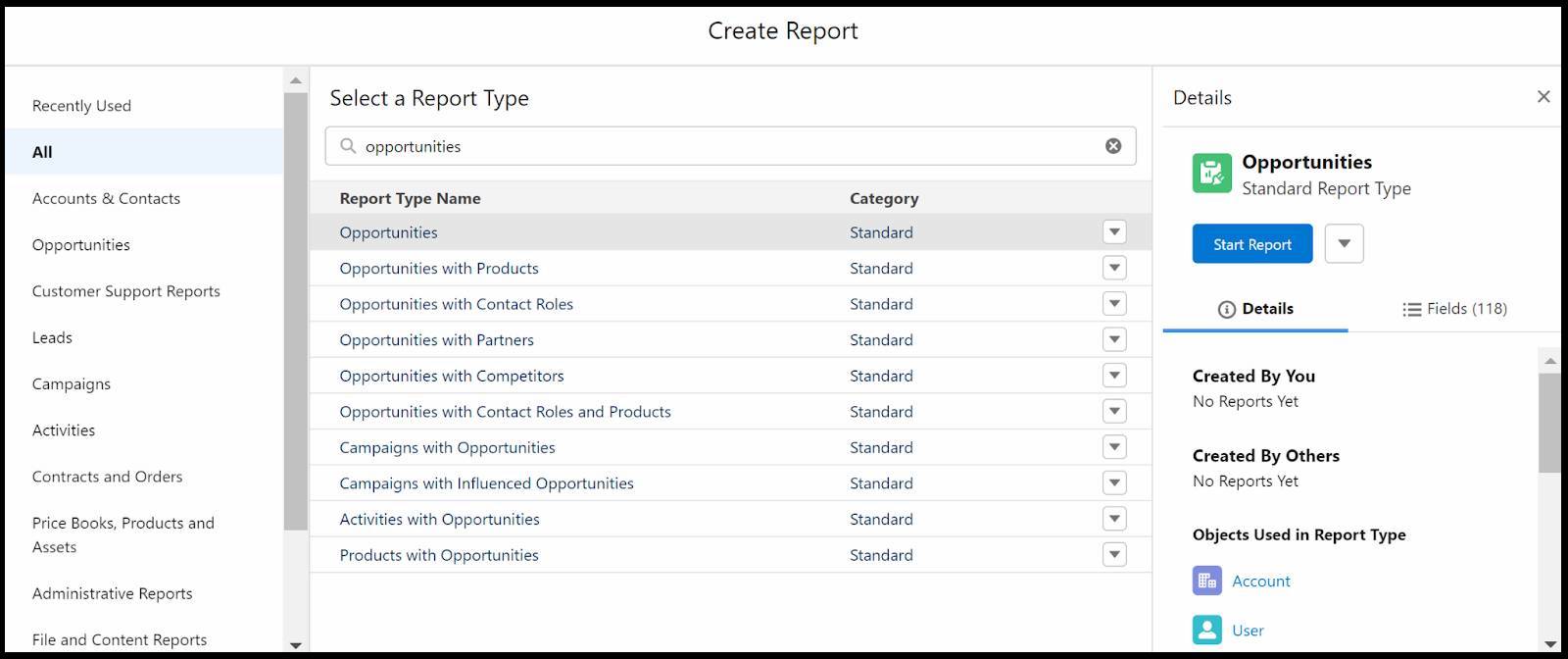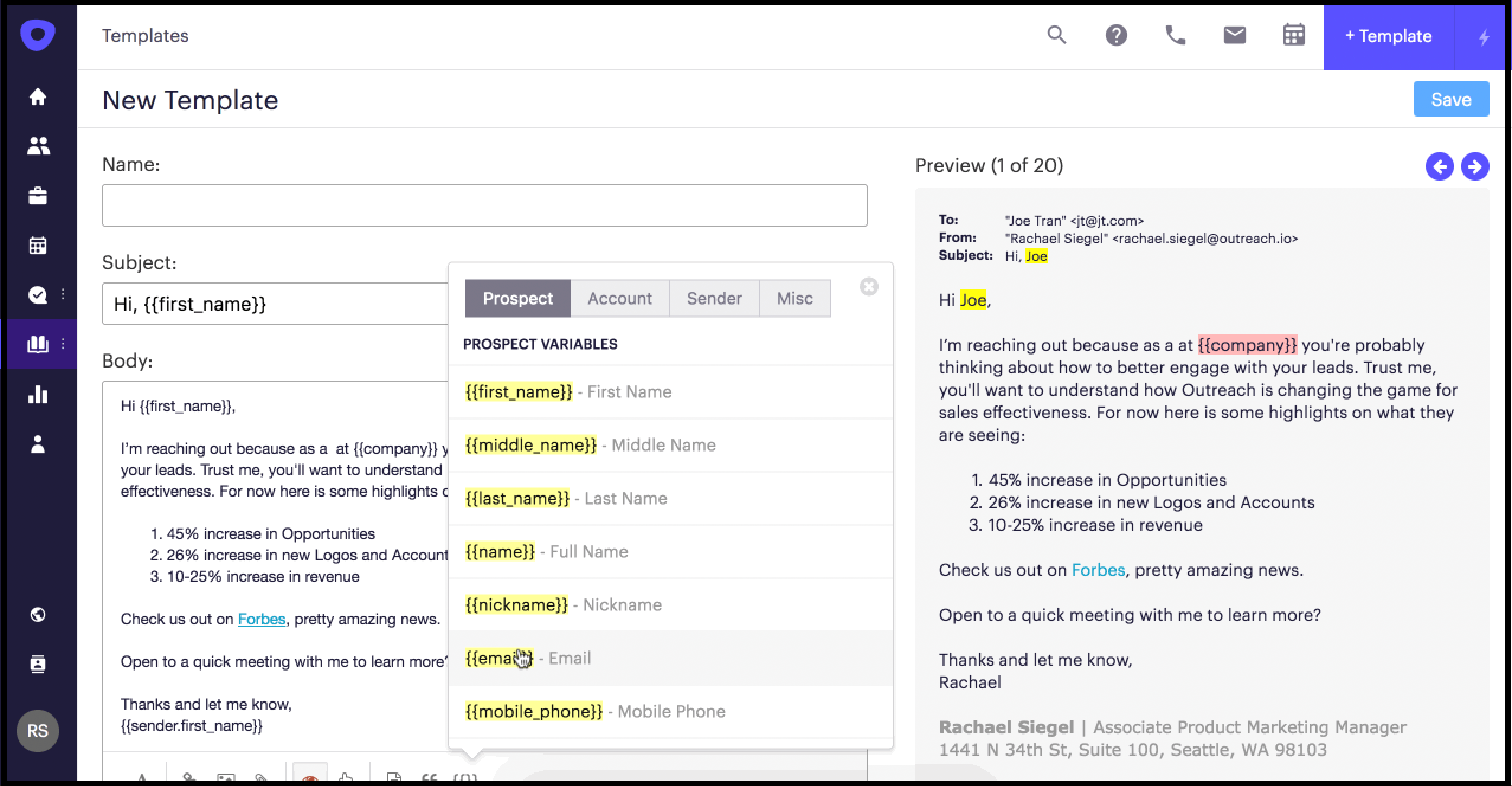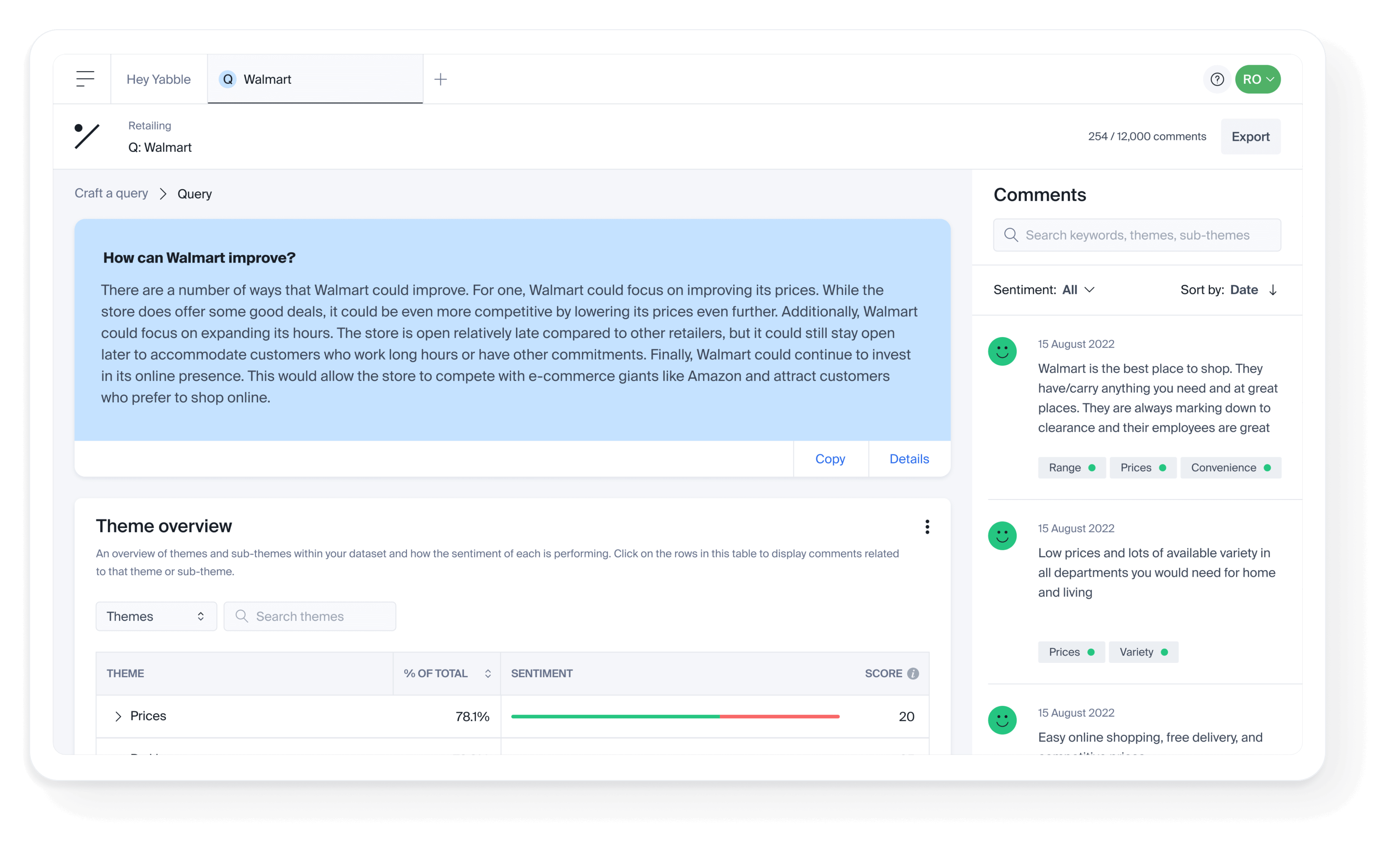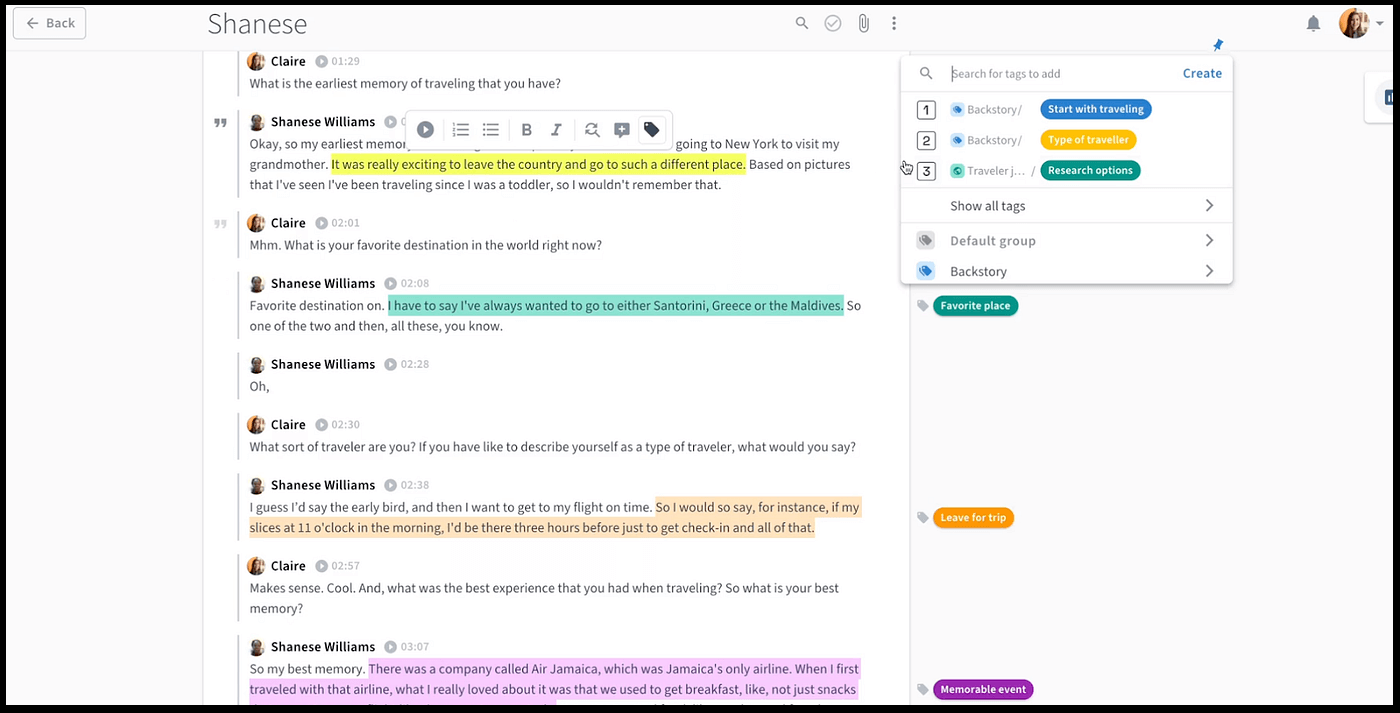Win/Loss Analysis is a bottom-up, inductive methodology for identifying and understanding the issues that cause deals to be won or lost.
Data about individual sales opportunities is sourced either from sellers or directly from buyers. An analyst then studies the data to understand the key causes of win/loss outcomes and reports the findings. Check our at-a-glance overview for more about what a Win/Loss Analysis is.
Software can make the whole Win/Loss Analysis process more efficient. That’s important, because it is quite resource intensive.
Gartner reports that “Internally run and managed programs can take the majority of a devoted resource for at least a quarter’s worth of time.”
-
- Recruit: You may need to contact 100 or more buyers in recently won and lost deals to get participation from the 20 you need in a typical baseline study.
- Interview and Summarize: Each of those 30 minute interviews will yield a 10-15 page transcript that needs to be summarized and shared with stakeholders.
- Analyze: Insights need to be derived from those 200-300 pages of buyer feedback by reviewing each transcript and finding the patterns across them that drive outcomes.
- Share Findings and Recommend Actions: Finally, because insights are only as good as the decisions and actions based on them, those findings and recommended actions need to be presented in a compelling way.
Artificial Intelligence is being incorporated into every step in the Win/Loss Analysis process, and will eventually interview buyers.
Here’s How Win/Loss Analysis Software Can Help You Recruit and Interview Buyers Today
Let’s look at how you can use Win/Loss Analysis software to automate the time-consuming, hard work of recruiting and interviewing buyers.

Step 1. Select The Types Of Sales Opportunities You’ll Analyze
As a fictional example, sales cycles for your OctaBridge product have gotten longer and win rate has dropped. You propose using Win/Loss Analysis to understand the causes and how to improve results.
The hard work here is getting everyone aligned on your proposal to run a Win/Loss Analysis for OctaBridge and then take action on the findings.
Get a quick first draft of your business case, tips for designing your program, and even a list of questions to ask during the interviews by querying Gen AI tools like ChatGPT, Bing Chat, and Anthropic’s Claude.
Steps 2 + 3. Configure And Automate Reporting Of Closed Opportunities
When you’re ready to begin interviewing, the built-in reporting capabilities of Salesforce and other modern CRMs like Hubspot make it easy to automate the reporting of closed opportunities.
New win/loss software isn’t required here.

Continuing with the example, you configure an Opportunity report in Salesforce for the fictional OctaBridge product:
-
- Opportunity Product = OctaBridge
- Stage = Closed/Won or Closed/Lost
- Previous Stage = Stage 4 (Proposal) or Stage 5 (Negotiation)
You would also add filters for Enterprise accounts or Financial Services vertical if you were particularly concerned about outcomes in those markets.
Sales Ops does this all the time so they can quickly set this up, or you can do it yourself (DIY). Watch a Salesforce video showing how to do this here.
The report should run daily and automatically report details to you via email when new Closed/Won or Closed/Lost opportunities are available that meet your criteria.
Step 4. Auto Generate And Send Personalized Buyer Emails
Automating this step with sales engagement software like Outreach, Salesloft, or Groove can help a lot since it is labor-intensive and time-consuming to request an interview from each buyer.
After receiving a Salesforce report of closed opportunities, we copy and paste first names and email addresses into the software we’re using for buyer outreach.
You’ll need to do two things to set up an automated process:
-
- Write two template emails. One for wins, one for losses. The email to losses should offer a financial incentive or charity donation to increase their participation rate. Including a calendar link (Calendly, etc.) improves response rate and efficiency.
- Configure the templates in your software. You can use a Marketing Automation Platform (MAP) like Marketo or Hubspot. Another good option is the sales engagement software (eg, Outreach, Salesloft, or Groove) that’s used by your SDR/BDR team.
We prefer sales engagement platforms because they make it easier to send a stripped down very basic templated email without the graphics marketing often uses in their messages.

Using software you already have to automate this outreach means faster delivery time and reduces budget requests. There is nothing new for your security team to review, nothing new to install, and minimal configuration work.
We’ve found a once/week or twice/week cadence for these emails works well. You want to contact buyers promptly after decisions are made.
Step 5. Buyers Interviewed
Zoom vs. Microsoft Teams vs. Google Meet. The available choices make this dead simple and provide you with another time saver.
AI is about to begin changing things up as AI chatbots take over some of these interviews for us. As an example, Nexxt Intelligence has introduced inca, a natural conversation agent purpose-built for market research. Nexxt uses conversational AI to make surveys more engaging and dynamic. The inca solution “listens, understands and probes based on participants’ answers and the research objectives.” It can also take the first step to analyzing transcripts by coding the interviews with themes.
Step 6. Interviews Summarized And Transcribed
A win/loss portal provides role-based, on-demand access to all interview artifacts (audio, transcript, summary report). And it provides purpose-built tools for analyzing the interview data and charting it.
This is the critical software investment to make for your Win/Loss Analysis program.
We provide a win/loss portal to all our clients. Condens is our go-to solution, and we’ve also used Dovetail. But you have lots of choices. Insight Platforms has reviewed 15 qualitative data analysis products here, and G2 lists over 30 vendors in its directory of user research repositories.
Immediately after each interview, we build a dedicated page in the portal. We write a summary report and add it to this page in the portal along with the interview recording.

It is time-consuming to write summary reports manually, and taking notes distracts during the interview. Plus, AI-based transcription can be one-tenth the cost and 96% faster than traditional human transcription.
We’re continuously testing automated transcription tools.
In our summer 2023 testing, we compared two human-based transcription services and four AI-powered ones. We compared the six services on accuracy, readability, and confidentiality. In these tests, AI won. We posted our findings about AI transcription of win/loss interviews here.
Step 7. Interview Artifacts Distributed
When a new interview is available, you’ll want to alert your stakeholders via Slack or Teams.
You may also want to add the transcript or summary to a sales enablement tool like Highspot. Or post them back to the opportunity record in Salesforce or Hubspot. Condens and Dovetail have both built integrations to do some or all of these things. And you can use Zapier Zaps for the integrations they haven’t.
Here’s How Win/Loss Analysis Software Can Help You With Analysis and Reporting
You will shift to analyzing the data and reporting once you’ve recruited all the buyers and interviewed them.
Making meaning from win/loss buyer interviews is extremely time-consuming. Qualitative data analysis (QDA) software like Condens and Dovetail make this faster and easier, but it’s still a manual process.

AI will transform the distillation of insights by automating this time-consuming work. It will do it faster than humans can, and without bias. Humans don’t come to the analysis of each new interview as a blank slate. We’ve developed theories about the drivers and issues and are biased in their favor.
Here are a few examples. Yabble, Speak, and Nexxt Intelligence have developed products for discovering the themes in unstructured qualitative data like buyer interviews. And they can generate visualizations of the patterns they find. Researchers can then query the AI about a particular competitor or to understand the why behind a finding. Coding your interviews with themes is an important first step in analyzing transcripts.
Software Suites For Win/Loss Analysis
Software suites are also available for Win/Loss Analysis. The suites provide capabilities from start to finish in the workflow of Win/Loss Analysis.
-
- Buyer outreach: The vendor’s app is installed into your Salesforce CRM to select, report, and contact buyers in sales opportunities.
- Win/loss portal: The software provides on-demand access to interview recordings, transcripts, and summaries.
- Analysis and reporting (QDA): Analysis is provided as part of the Win/Loss Analysis service. Templated charts are provided to visualize the findings.
Software suites for Win/Loss Analysis are integrated into the services provided by vendors like Clozd and Primary Intelligence.
These software suites are purpose-built for Win/Loss Analysis. They provide a templated, best practices approach that yields reliable win/loss insight. They are particularly well suited to high-volume transactional sales. These solutions don’t work as well for companies with complex sales that require customized interviews and analysis.
Delivery time and vendor lock-in are issues with software suites:
-
- Delivery time: Because the suites include a CRM app, time and resources are required up-front for security review, installation, and configuration.
- Vendor lock-in: Getting data out of a suite will be more complex and time-consuming than replacing one individual component in a best-of-breed solution.
Coming Soon: AI Will Disrupt Win/Loss Analysis
AI makes technology flexibility especially important at this moment.
AI is going to change and disrupt everything, including Win/Loss Analysis. We can expect AI to be incorporated into every step in the Win/Loss Analysis process, potentially even interviewing buyers.

Vendors of Win/Loss Analysis software will have varying success adapting to the AI disruption. In an ideal world, we’d invest today in the Win/Loss Analysis technologies that will win the coming AI disruption, but the odds of making those picks now aren’t good.
Growth Velocity is taking a “best of breed” approach to this dynamic marketplace. We’re testing and combining multiple products across the full recruit, interview, analyze workflow to get the best results.
We believe the best we can do is make smart choices now and make sure they offer maximum flexibility to move to another platform later.
Related Posts
Win/Loss Analysis Reports: 3 Things You’ll Learn
Which aspects of your product offering and buying experience are helping drive sales? And which aspects are hindering sales? This is what enterprise and mid-market software companies often struggle to understand. A good win/loss analysis report will provide the answers to these questions.
Three Reasons Sales Leaders Want Even More Data About Their Buyers
While B2B sales teams are literally swimming in data, it’s not enough. Data-driven sales leaders are using input directly from buyers to find new ways to improve win rate and lead with conviction.
Data Driven Targeting And Messaging Increases Profitability
Sales and marketing are typically the largest area of spend for an expansion stage company. Marketing leaders can support increased profitability by reassessing who the strongest buyers are, and developing innovative and data driven ways to target them.




